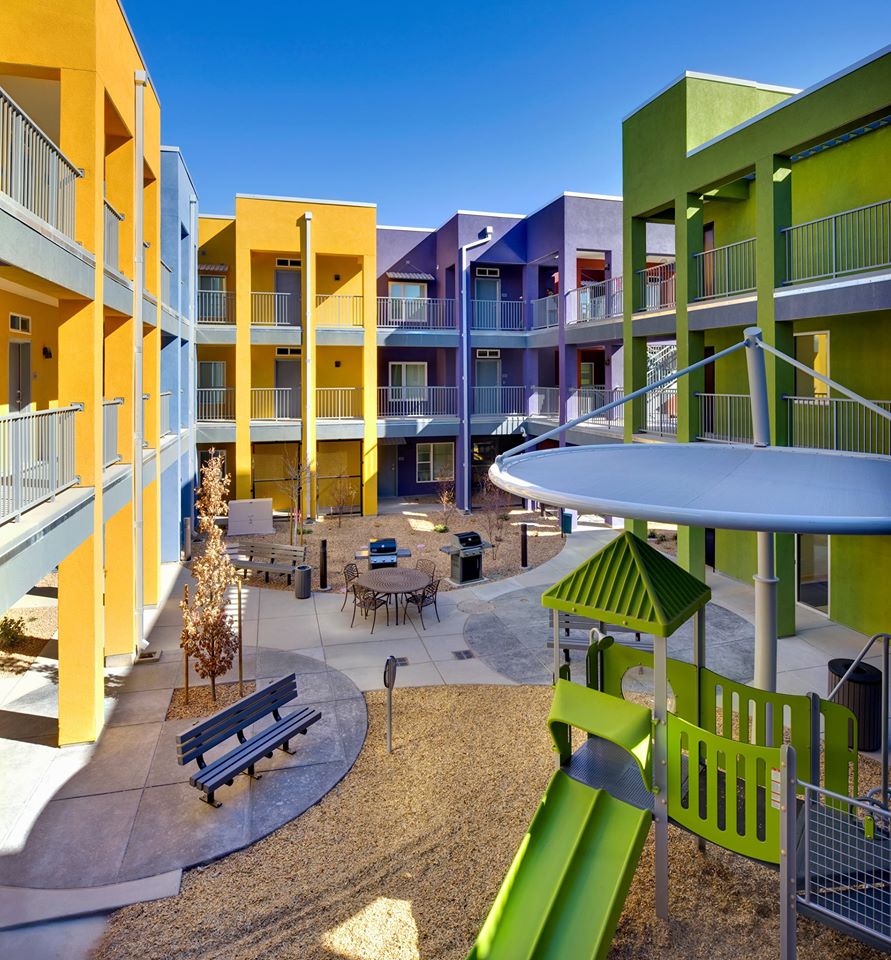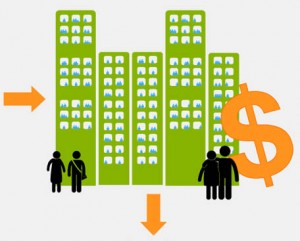On the Go Giving
Move for Hunger
Looking for a way to get more involved with the local community? Move for Hunger is a nonprofit that connects you, your residents, and your local food bank. Move for Hunger partners with the American Moving and Storage Association to get nonperishable food into the hands of those in need. Before relocating, residents coordinate with […]




